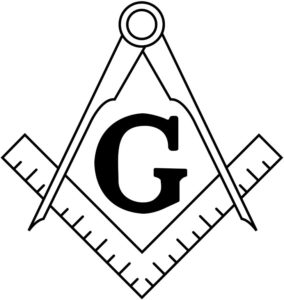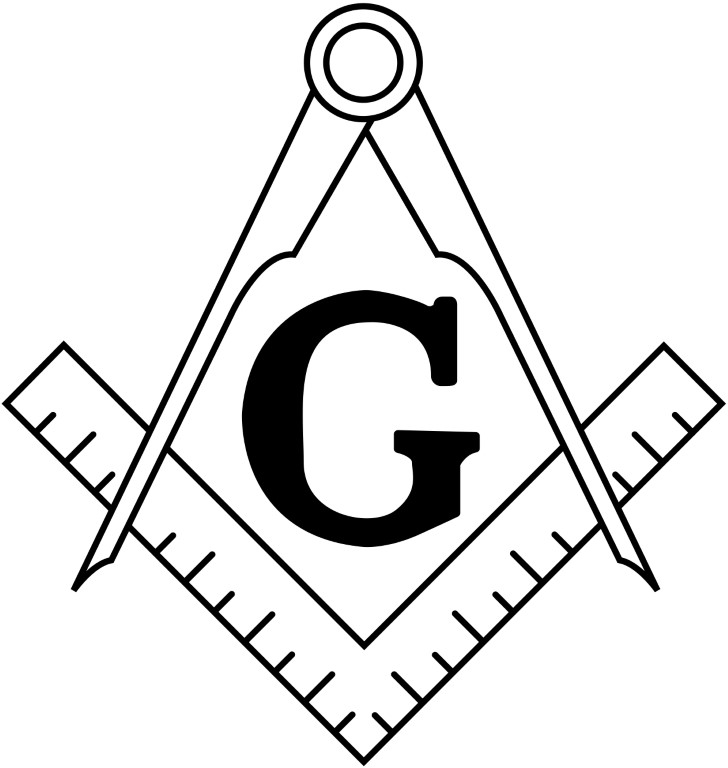
Where did Freemasons come from? They are people who belong to an organization that has its origins in the local guilds of stonemasons that started in the 14th century.
The Freemasons are a mysterious fraternity that includes some of the most powerful people in industry and governments. They have secret rituals, passwords, and rules that are only known to members. They have been accused of running the world behind the scenes, but they are more like an international boys club.
Since humans began working with stone to make tools, there have always been people who were better at it than others. Early humans lived in caves or natural shelters to stay out of the cold and bad weather. About 10,000 years ago, they started to build their own houses, but mostly used wood and animal hides. During the Neolithic Revolution, possibly in about 8000 BC, people learned how to make quicklime, plaster, and mortar. They learned how to shape stone and started to make houses out of stone alongside other materials. This was the beginning of the profession of stonemason.
By the Middle Ages, different types and classes of stonemason emerged. There were the basic stonemasons who cut basic bricks and laid and set them. They were not very skilled, were considered rough, and were known as masons. Then there were the more skilled stonemasons. They had more training, were better paid, and were quite often in charge of the regular masons. These masons were known as freemasons, and they did the intricate stone carving that you can often find on churches. Nobody knows why they were called Freemasons, although there are three theories. First, that they were free men and not indentured. Second, many of them worked on churches and they were free from taxation. Third, they worked with a soft stone called “freestone” that could only be shaped with great skill. There is no way of knowing what the origin of the word is.
Also, by the Middle Ages, the number of guilds in Europe was increasing. There have been guilds for all of recorded history and the first guild was probably in India in about 3800 BC. Guilds are associations of skilled artisans or merchants and being a member of the guild gives them support and protection. Members could pay into a fund and draw out of it if they found themselves unemployed, which is possibly where the word “guild” came from. It is a mix of the Old English “gegield”, meaning “brotherhood” and “gield”, meaning “service, payment, compensation”. Guilds offered protection but they also offered standardized pay and training. Workers would charge on a guild agreed rate, which would stop them from undercutting each other and make work fairer. They also trained people. Someone could apply to be an apprentice to a guild for a number of years and they would be trained until they were skilled enough to be a full member of the guild.
In 1356, there was an argument in London between the regular Masons and the Freemasons over pay. The Mayor of London ordered them to work out their differences and they ended up writing a set of regulations that were the foundation of the Masons and Freemasons guild in London. The only Mason’s guild was in London at this time because outside of the capital city, there was no need for freemasons. In small towns, all of the houses and bridges were made of wood. It was only in big cities where Freemasons had the opportunities to build castles, churches, palaces, and other stone buildings. It took another couple of centuries before the guilds spread out of the big cities into the smaller ones. Within the guild of stonemasons, people could join as apprentices. Once they were trained, they became skilled stonemasons, and, with years of work, they could become master stonemasons. At that level of the hierarchy, they had secret passwords and handshakes in order to be able to recognize other masters.
Nobody knows exactly how the Guild of freemasons morphed into the organization that it is today. Around about the time the building of cathedrals went into decline, the masons started to adopt ceremonial regalia, passwords, and symbols. They also began to accept people who were not trained in the art of stone masonry. These people were known as “Free and Accepted Masons”. The masons formed lodges and more non-masons joined for the connections and for the social aspect. By the late 18th century, there were more regular people in the guild than actual masons and a lot of them were aristocrats and powerful people. The idea of the Freemasons was carried across the Atlantic to America in about 1715 and it grew and grew. It became the organization it is today because of the people who joined it and not because there was anything inherent in it. It could probably have happened to any of the guilds, it just happened to be the stonemason’s guild. And this is what I learned today.
Image By MesserWoland, CC BY-SA 3.0, https://commons.wikimedia.org/w/index.php?curid=985225
Sources
https://en.wikipedia.org/wiki/Freemasonry
https://en.wikipedia.org/wiki/Guild
https://scottishritenmj.org/blog/history-modern-freemasonry
https://www.jeffersoncountylodge.org/post/2019/08/11/how-are-masons-and-freemasons-different
https://www.bbc.com/travel/article/20161209-secret-history-of-the-freemasons-in-scotland
https://greatenglishchurches.co.uk/html/the_stonemasons_and_their_world.html

